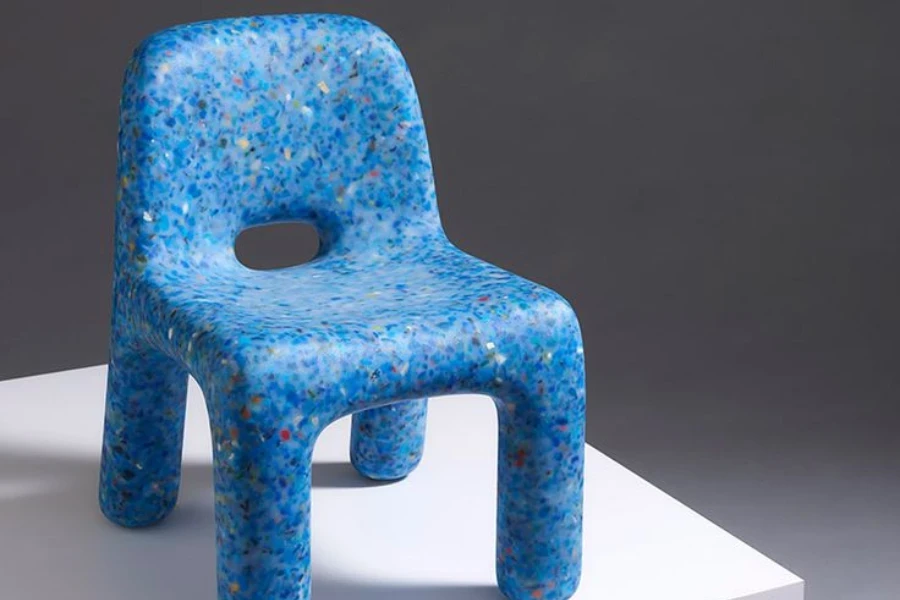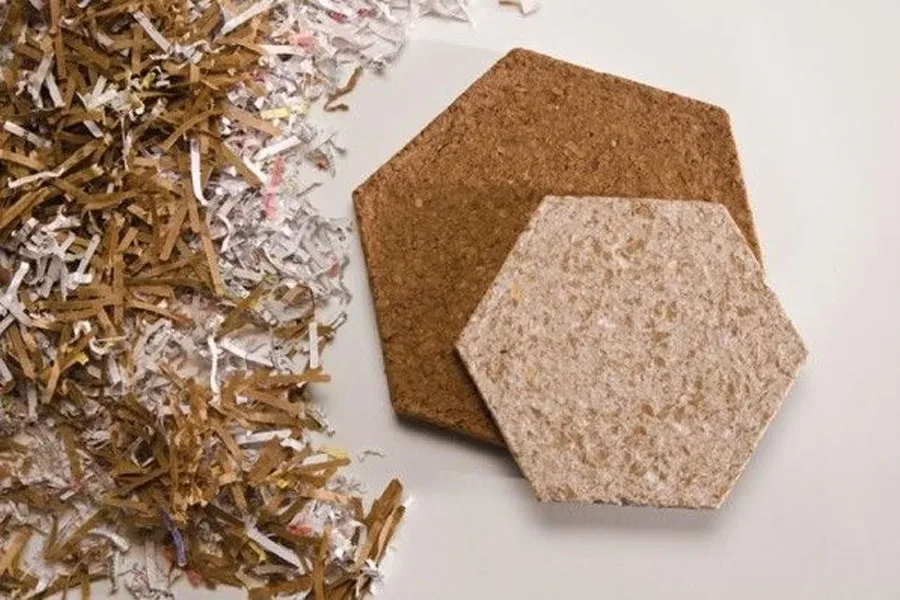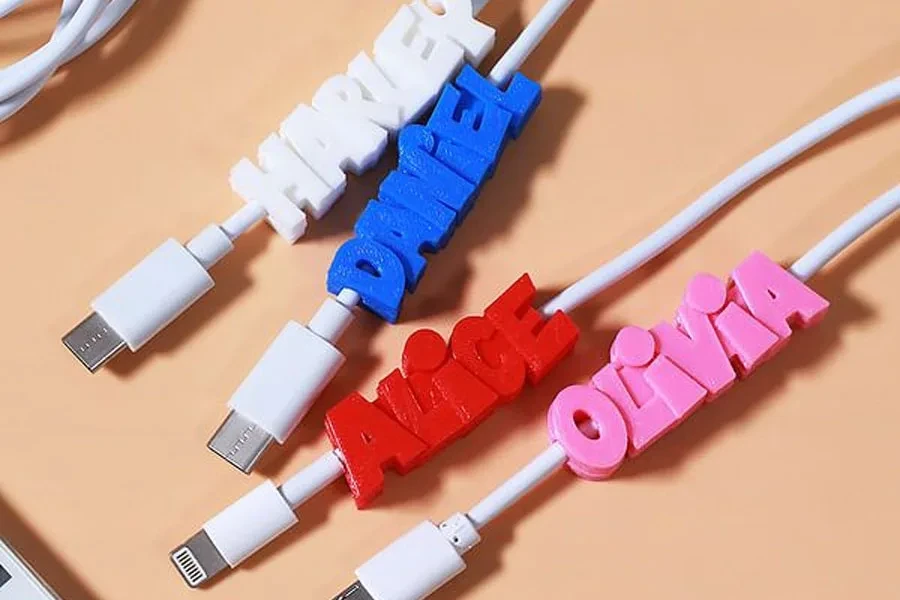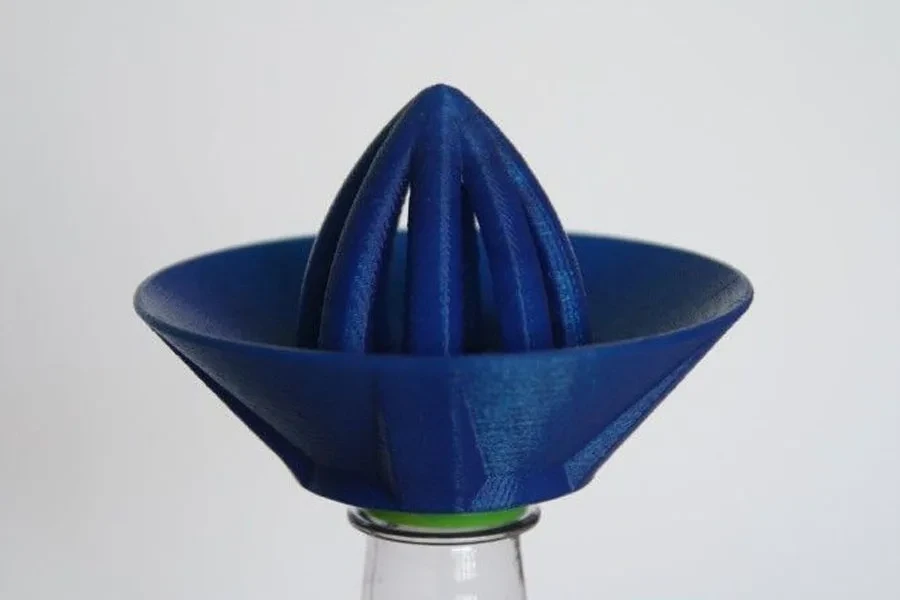As concerns about electronic waste and resource depletion grow, circular design is emerging as a critical approach for the consumer tech industry. By shifting from the traditional linear “take-make-dispose” model to one where products and materials are continually reused and recycled, brands can significantly reduce their environmental impact. In this article, we’ll explore the key principles and strategies of circular design, and showcase innovative examples of this transformative approach in action. Whether you’re an online retailer looking to curate more sustainable offerings or a conscious consumer seeking to make more eco-friendly tech choices, understanding circular design is essential.
Table of Contents
1. Community-driven circularity
2. Scaling up with mass production
3. Extending product life
4. Closing the loop
5. Minimizing material use
6. Mining urban waste streams
1. Community driven circularity

Grassroots circular design initiatives are popping up in communities around the world. These local projects focus on reducing waste, reusing materials, and recycling resources on a small scale. For example, organizations like Precious Plastics empower regional groups to transform plastic waste into new products using open source machines and know-how.
Makerspaces and Fab Labs are also playing a key role, providing access to tools like 3D printers that allow people to produce goods on demand, reducing the need for mass manufacturing and long-distance shipping. By starting small and leveraging the creativity of local makers, these decentralized efforts are uncovering innovative solutions with the potential to be scaled up and replicated globally. Supporting community projects is a meaningful way for individuals to get involved hands-on with advancing circularity.
2. Scaling up with mass production

Major consumer tech brands and suppliers have immense power to drive circular design adoption by implementing it at mass scale. Material giants like Covestro and BASF are enabling circularity across entire value chains by developing recyclable plastics and using bio-based raw materials.
Electronics leaders like Apple, Samsung and Microsoft are increasingly incorporating recycled metals and polymers into their products. Modular phone maker Fairphone shows how circular principles can be embraced to their fullest, with a device designed for complete disassembly, repair and material recovery.
As more big players get on board, costs will fall and circular materials and components will become the norm rather than the exception. Online retailers can boost this shift by seeking out and stocking products that embody circular design.
3. Extending product life

Repairing, upgrading and refurbishing consumer tech products is another key circular strategy. By extending the functional life of devices, their environmental footprint is reduced along with premature replacement. Electronics brands are increasingly offering repair services and modular products that allow components to be easily accessed and replaced.
Diagnostic so ware tools that help users pinpoint malfunctioning parts to swap out are another smart solution. Breathing new life into dated devices, companies like Back Market are building trust in and demand for “re-newed” products. Longer-lasting devices benefit both the planet and consumers’ pocketbooks. Retailers can get on board by stocking durable, repairable products, replacement parts, and refurbished devices.
4. Closing the loop

To achieve a truly circular system, it’s essential to establish closed loops where materials are continuously cycled back into new products and packaging with minimal waste. This requires considering the full lifecycle and designing for disassembly and recovery upfront. Using mono-materials or material families that are easier to separate and recycle is one effective approach, as seen in Magna’s automotive seating made solely with PET.
Creating reverse logistics to recapture products and materials at end of life is another crucial piece. Electronics recycler Li Tong Group works with brands to design circular products and packaging and operates an extensive take-back network. By closing loops, tech products can be reborn again and again, dramatically slashing resource use and waste. Retailers play a vital role by collecting used devices and educating consumers.
5. Minimizing material use

Dematerialization, or reducing the volume of materials used in a product while maintaining functionality, is another powerful circular design strategy. Advances in 3D printing, from Desktop Metal’s generative design so ware to Spherene’s structural optimization, allow for components that deliver the same performance with far less material.
User-centered research can also identify creative ways to meet needs with fewer physical goods, for example through digital tools, sharing platforms, and multifunctional products. As more tech shi s from hardware to so ware, new opportunities for radical dematerialization arise. Retailers can prioritize stocking products that employ a “less is more” design ethos and connect customers with services over stu .
6. Mining urban waste streams

As the volume of e-waste burgeons, many innovators are turning this material stream into an urban mine of resources to tap into. Major tech brands like Apple are increasingly sourcing metals recycled from old electronics to make new devices. Suppliers like Hydro are operating state of the art recycling facilities that transform scrap into high-quality recycled aluminum.
E-waste recycler GEM’s factory in China recovers 400,000 tons of resources like cobalt and copper per year. The key is designing products and recycling systems in tandem to enable efficient recovery and regeneration of materials. With the global e-waste market set to top $110 billion by 2030, there’s massive potential for harvesting this underutilized urban ore. Retailers can support by sending devices they collect to certified recyclers.
Conclusion
From grassroots efforts to global enterprises, circular design is being embraced across the consumer tech ecosystem to usher in a more sustainable future. As an online retailer, you have the power to accelerate this critical shift by procuring products that embody circular principles like durability, repairability, recyclability and material efficiency. Offering recycled, refurbished and mono-material devices, providing spare parts and repair guides, collecting used electronics for responsible recycling and educating your customers about circular tech are all impactful ways to contribute to building a circular economy. By supporting innovative brands driving this transformation, you can position your business as a leader and make a genuine difference for the planet. The future of consumer tech is circular – and it’s up to forward-thinking retailers like you to help make this vision a reality.



